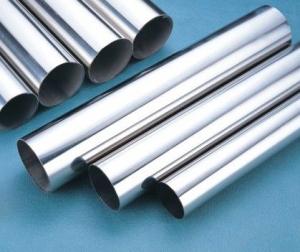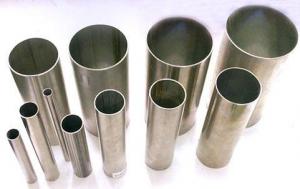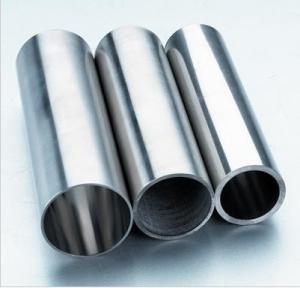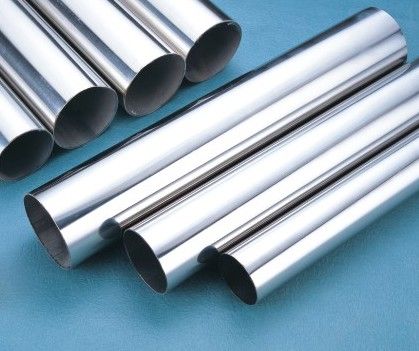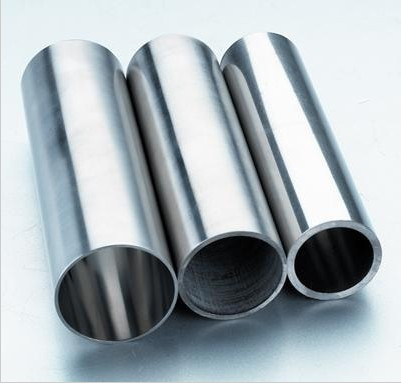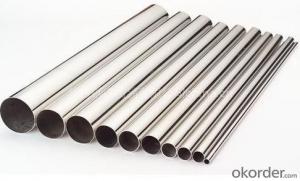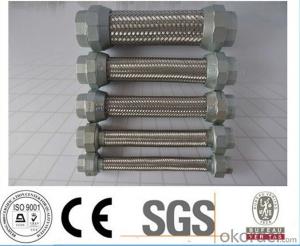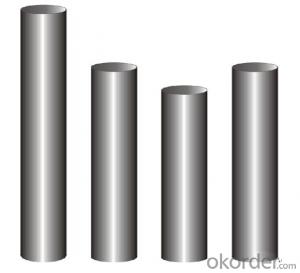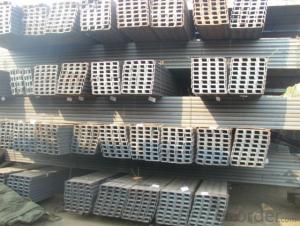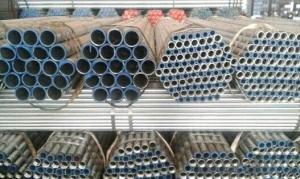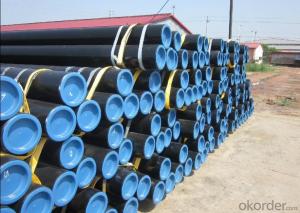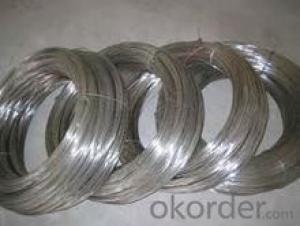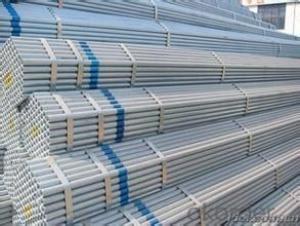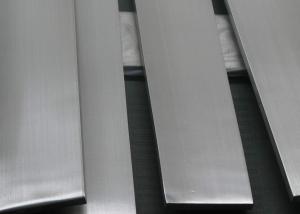cold rolled stainless steel welded pipe
OKorder Service Pledge
OKorder Financial Service
You Might Also Like
stainless steel pipe
Stainless steel is a production which not easy rust,acid resistance and corrosion resistance,so it is widely used in light industry,heavy industry,daily necessities and the decoration industry.my company long term supply stainless steel porducts including:stainless steel sheet,stainless steel coil and stainless steel tube
Specifications
1.Specification:21.3*3.73mm or others
2.Surface:4k/6k//8k
3.Length:6m or as your requirement
A series of photos
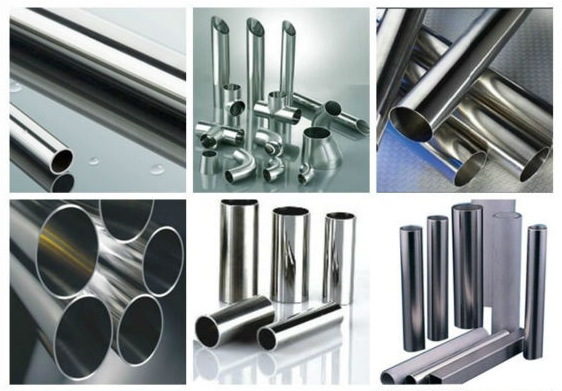

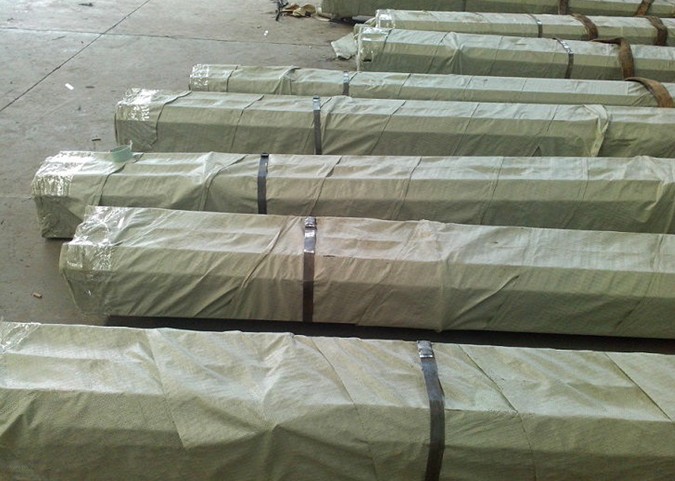
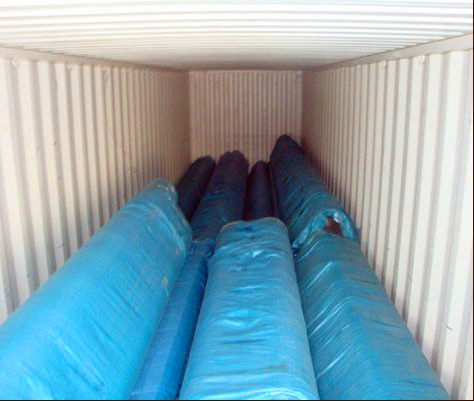
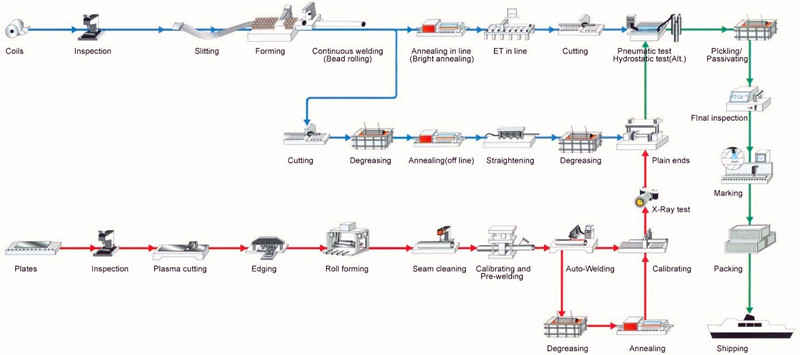
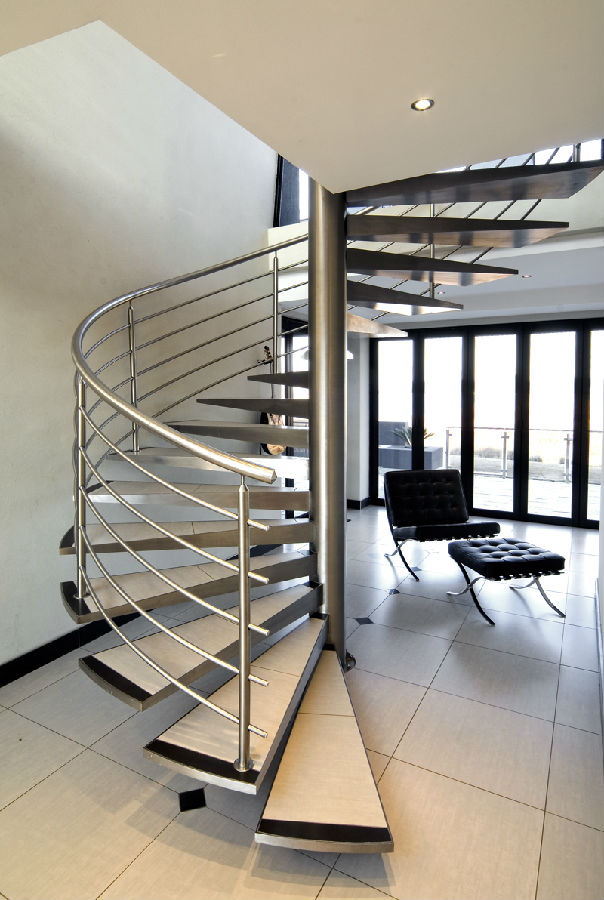
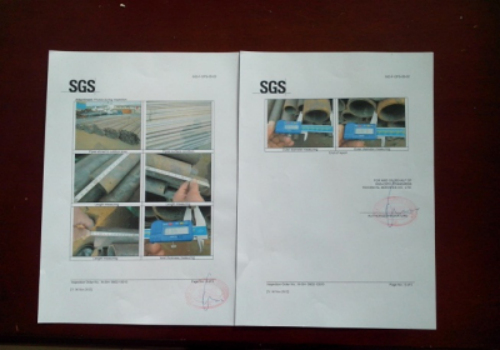
A series of pictures
- Q: Can stainless steel pipes be used for underground gas pipelines?
- Yes, stainless steel pipes can be used for underground gas pipelines. Stainless steel is highly resistant to corrosion and can withstand the harsh underground conditions, making it a suitable choice for gas pipelines.
- Q: Can stainless steel pipes be insulated with Teflon?
- Yes, stainless steel pipes can be insulated with Teflon. Teflon, also known as polytetrafluoroethylene (PTFE), is a versatile material that is commonly used for its nonstick properties and resistance to heat and chemicals. It is an excellent choice for insulating stainless steel pipes as it can provide thermal insulation, protect against corrosion, and prevent heat loss or gain. Teflon insulation can also reduce condensation or moisture buildup on the pipe surface. Additionally, Teflon's low friction coefficient allows for smooth flow of fluids through the pipes, making it suitable for a variety of applications in industries such as food processing, pharmaceuticals, and chemicals.
- Q: What are the different types of stainless steel pipe elbows?
- There are several different types of stainless steel pipe elbows, including short radius elbows, long radius elbows, 90-degree elbows, 45-degree elbows, and reducing elbows.
- Q: How are stainless steel pipes made?
- Stainless steel pipes are typically made through a process called seamless pipe manufacturing. This involves heating a solid stainless steel billet and piercing it with a mandrel to create a hollow tube. The tube is then elongated and rolled to the desired size and thickness using a series of rollers. Finally, the pipe is heat treated, inspected, and cut to the required length before being made available for various industrial applications.
- Q: 304 stainless steel, welded to seamless difference in what place?
- Chemical composition of seamed pipe and seamless pipe are different. The production of seamless steel components only meets the basic requirements of astm. The production of seamed tube steel containing suitable for chemical composition of welding. For example, the mixing of silicon, sulfur, manganese, oxygen, and a certain proportion of elements such as the triangle ferrite can produce a welding flux which is easy to transfer heat during welding, so as to make the whole weld be welded well. The lack of steel pipe above the chemical components, such as seamless tube, can produce all kinds of unstable factors in the process of welding, welding and welding penetration is not easy.
- Q: How do you calculate the flow rate of fluid through stainless steel pipes?
- To calculate the flow rate of fluid through stainless steel pipes, you can use the Bernoulli's equation or the Darcy-Weisbach equation. Both equations take into account various factors such as the diameter of the pipe, the length of the pipe, the viscosity of the fluid, and the pressure difference between the two ends of the pipe. 1. Bernoulli's equation: This equation is based on the principle of conservation of energy and relates the pressure, velocity, and elevation of a fluid along a streamline. The equation is as follows: P1 + 0.5 * ρ * V1^2 + ρ * g * h1 = P2 + 0.5 * ρ * V2^2 + ρ * g * h2 Where: - P1 and P2 are the pressures at the two ends of the pipe. - ρ is the density of the fluid. - V1 and V2 are the velocities of the fluid at the two ends of the pipe. - g is the acceleration due to gravity. - h1 and h2 are the elevations of the fluid at the two ends of the pipe. By rearranging the equation and solving for V1 or V2, you can calculate the velocity of the fluid. Multiplying the velocity by the cross-sectional area of the pipe will give you the flow rate. 2. Darcy-Weisbach equation: This equation is commonly used for calculating the pressure drop or head loss in a pipe due to the frictional resistance of the fluid flow. The equation is as follows: ΔP = f * (L / D) * (ρ * V^2 / 2) Where: - ΔP is the pressure drop between the two ends of the pipe. - f is the Darcy friction factor, which depends on the Reynolds number and the roughness of the pipe. - L is the length of the pipe. - D is the diameter of the pipe. - ρ is the density of the fluid. - V is the velocity of the fluid. By rearranging the equation and solving for V, you can calculate the velocity of the fluid. Multiplying the velocity by the cross-sectional area of the pipe will give you the flow rate. It is important to note that these equations provide theoretical calculations, and actual flow rates may vary due to other factors such as pipe roughness, fittings, and bends. Therefore, it is recommended to consider these factors and conduct experiments or consult industry standards for more accurate calculations.
- Q: Are stainless steel pipes magnetic?
- No, stainless steel pipes are generally not magnetic.
- Q: Can stainless steel pipes be coated or painted?
- Yes, stainless steel pipes can be coated or painted. Coating or painting stainless steel pipes can provide various benefits such as enhanced corrosion resistance, improved aesthetic appearance, and increased durability. However, it is important to note that proper surface preparation is crucial before applying any coating or paint to ensure adhesion and longevity. Additionally, it is recommended to use coatings or paints specifically designed for stainless steel to maintain its inherent qualities and prevent any potential issues such as flaking or peeling.
- Q: What is the difference between seamless and extruded stainless steel pipes?
- The main difference between seamless and extruded stainless steel pipes lies in their manufacturing process. Seamless stainless steel pipes are produced by piercing a solid billet of stainless steel and then rolling it to the desired shape and size without any seams. On the other hand, extruded stainless steel pipes are created by forcing the molten stainless steel through a die to form the desired shape. This process results in a seamless pipe with consistent thickness throughout. In summary, seamless pipes are made by rolling a solid billet while extruded pipes are formed by forcing molten stainless steel through a die.
- Q: Can stainless steel pipes be coated?
- Yes, stainless steel pipes can be coated. Coating stainless steel pipes serves several purposes, such as enhancing their durability, preventing corrosion, providing insulation, and improving their aesthetics. There are various types of coatings available for stainless steel pipes, including epoxy coatings, polyurethane coatings, and fusion-bonded epoxy coatings. These coatings are applied to the surface of the stainless steel pipes through different methods, such as spraying, dipping, or electrophoretic deposition. The choice of coating depends on the specific requirements of the application and the environment in which the pipes will be used. Coating stainless steel pipes can significantly extend their lifespan and enhance their performance, making them suitable for various industries such as oil and gas, chemical, water treatment, and construction.
Send your message to us
cold rolled stainless steel welded pipe
OKorder Service Pledge
OKorder Financial Service
Similar products
Hot products
Hot Searches
Related keywords
